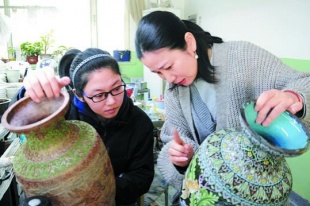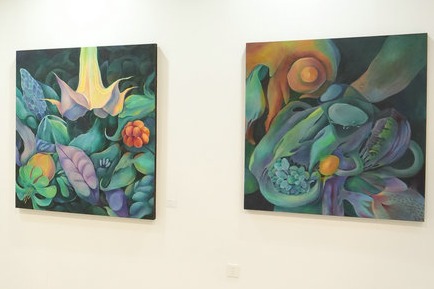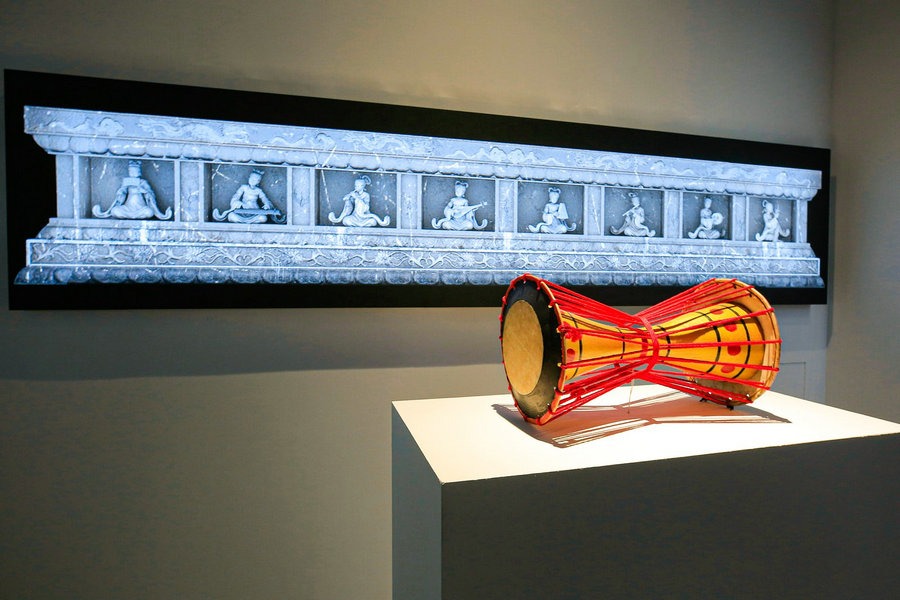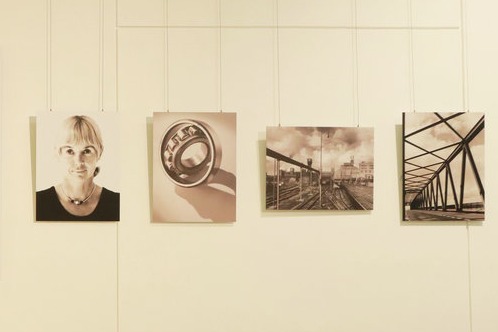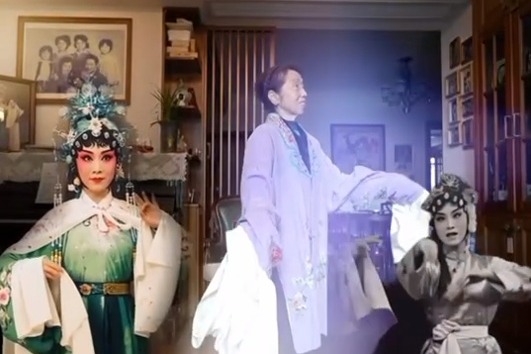Craftspeople use color to speak loudly in world of silence

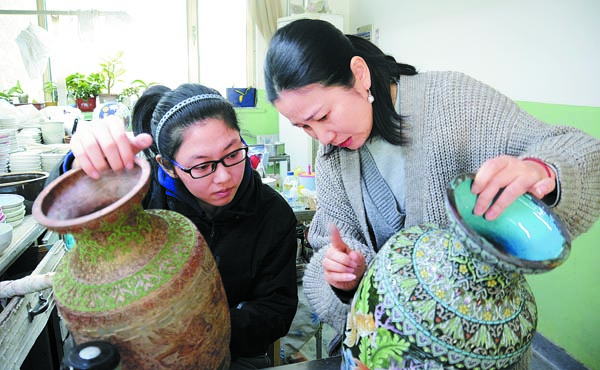
BEIJING-In front of Zhao Nan are more than 500 plates containing powdered mineral materials in nearly 80 colors.
Zhao, a 38-year-old with impaired hearing, started working as a craftswoman at the Beijing Enamel Factory 14 years ago. Her daily work involves applying colored ore powder to objects made of copper, a key step in the process of making cloisonne handicraft.
There are 17 craftspeople with disabilities like Zhao at the factory, accounting for one-eighth of the staff.
"I am doing my favorite job now," says Zhao. "The most pleasant moment for me is when I see my works perfectly displayed."
Cloisonne, which was widely produced during the Ming Dynasty (1368-1644) and the Qing Dynasty (1644-1911), is considered one of Beijing's top traditional forms of artware. China listed the craft of cloisonne as a national intangible heritage in 2006.
The cloisonne technique mainly requires five processes: making a copper body; buckling and inlaying copper wires on the surface in certain patterns; coloring; firing; and polishing.
During the coloring and firing processes, colored enamels commonly shrink after firing, so the craftspeople repeat the two processes to make a colorful, sparkling surface.
Zhao is a senior cloisonne craftswoman, specializing in coloring, and has passed the national professional skill appraisal. However, in the beginning, she almost gave up.
"It is hard to match and mix the colors, let alone doing the same thing numerous times," she says.
Zhao has worked hard to learn the history of cloisonne, using pen and paper to communicate with veteran craftspeople on the various techniques.
What makes her most proud is her masterpiece, a set of cloisonne vases called sihaishengping, literally "peace in the world" in Chinese. During the Asia-Pacific Economic Cooperation Leaders' Week in 2014, they were presented as State gifts to the 20 leaders participating in the meeting.
"The biggest characteristic of cloisonne craftsmanship is that it can fully convey the painter's understanding of purity and beauty, reflecting our pursuit of art," Zhao says.
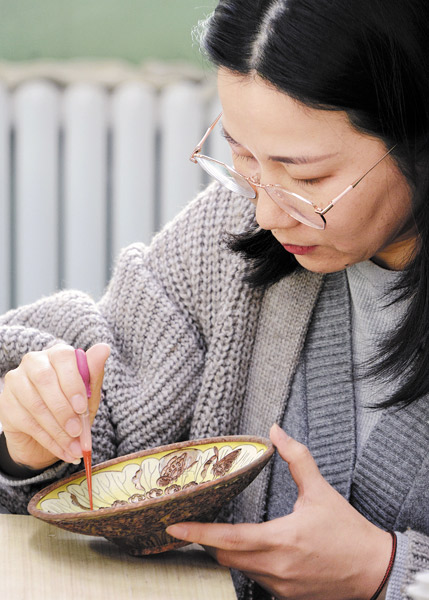
She believes that the core of the cloisonne craft is dedication to every small step of the process.
Just as Zhao learned the craft from her master, she is now tutoring Liu Mingyanhao, her 21-year-old apprentice at the workshop. The young woman has been hearing-impaired since birth.
Liu says she feels a sense of inner peace when she's painting cloisonne vessels.
A wide range of patterns are applied to the objects, including flowers, birds and fish. "It is like something is alive on the surface, and I can imagine what they are doing," says Liu, seeking to convey the experience of applying the colored glaze.
Liu says she likes her work and the sense of vitality that it brings.
"I enjoy being quiet. This job makes me more focused and patient in my daily life. It has given me hope and confidence in the future," she says


